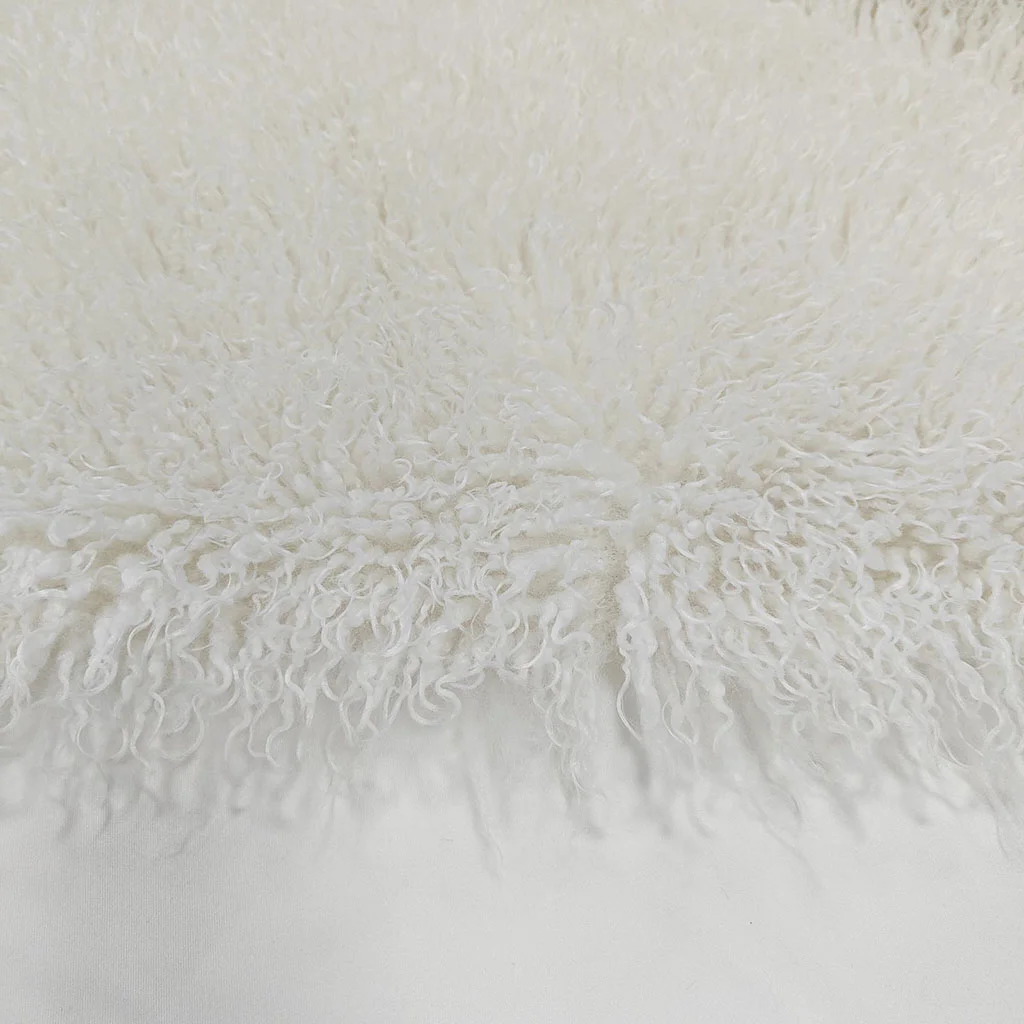
Texture is a fundamental aspect of our sensory experience, influencing how we perceive and interact with the world around us. From the smoothness of a polished surface to the roughness of a rugged terrain, texture plays a crucial role in shaping our perceptions, emotions, and behaviors. In this blog post, we will explore how texture affects people and delve into the various dimensions and implications of this sensory phenomenon.
- Sensory Perception:
Texture has a profound impact on our sensory perception, as it provides vital information about the physical properties of objects and surfaces. Through touch, we can discern the smoothness, roughness, hardness, or softness of an object, which helps us make judgments about its quality, durability, and functionality. For example, a rough texture on a grip surface can enhance our ability to hold onto objects securely, while a smooth texture on a touchscreen can facilitate effortless navigation. - Emotional Response:
Texture also elicits emotional responses, as different textures can evoke distinct feelings and moods. Research has shown that smooth textures tend to be associated with feelings of calmness, comfort, and elegance, while rough textures can evoke a sense of ruggedness, excitement, or even discomfort. By strategically incorporating textures in various environments, such as interior design or product packaging, one can create specific emotional atmospheres and enhance user experiences. - Cognitive Processing:
Texture influences our cognitive processing by affecting our attention, memory, and decision-making. Studies have demonstrated that textured surfaces capture our attention more effectively than smooth ones, as they provide additional sensory stimuli. Moreover, the presence of texture can enhance memory recall, as our brains tend to encode and retrieve information more efficiently when multiple sensory modalities are engaged. This has implications for educational settings, where incorporating tactile materials can enhance learning outcomes. - Product Design and Marketing:
Texture plays a crucial role in product design and marketing, as it can influence consumer perceptions, preferences, and purchase decisions. By carefully selecting and manipulating textures, designers can create products that are visually and tactilely appealing, enhancing the overall user experience. Additionally, texture can be used as a branding tool, allowing companies to differentiate their products and communicate specific brand values or qualities.
Conclusion:
Texture is a multifaceted sensory attribute that significantly impacts our perception, emotions, cognition, and behavior. By understanding the role of texture, designers, marketers, and individuals can harness its power to create more engaging, meaningful, and impactful experiences. Whether it's the texture of a fabric, the texture of a food, or the texture of a digital interface, paying attention to texture can unlock new dimensions of sensory richness and enhance our interactions with the world.





